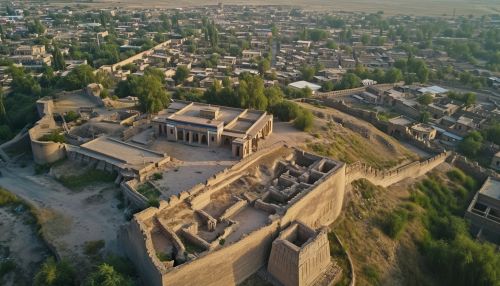Timurid Empire
Origins and Rise
The Timurid Empire, also known as the Timurid dynasty, was a Persianate[1] dynasty of Turco-Mongol[2] origin descended from the conqueror Timur (Tamerlane). The empire was founded in the 14th century in Central Asia, encompassing modern-day Iran, Afghanistan, much of Central Asia, as well as parts of contemporary India, Pakistan, Syria, and Turkey.
Timur, the founder of the Timurid Empire, was a member of the Barlas tribe, a Mongol subgroup that had settled in Transoxiana (now mostly in Uzbekistan) after participating in Genghis Khan's son Chagatai's campaigns in that region. Timur thus grew up in what was known as the Chagatai Khanate. Despite his Mongol heritage, Timur's mother-tongue was the Turkic language Chagatai, and he was heavily influenced by Persian culture[3], adopting Persian customs, clothing, and language.


Reign of Timur
Timur began his rise to power by leading a band of warriors in the 1360s. By 1370, he had gained control of the western Chagatai Khanate and had appointed a puppet khan as the nominal ruler. From this base, Timur led military campaigns across Western, South and Central Asia, Siberia, and the Indian subcontinent. He defeated the powerful Sultanate of Delhi in 1398, leaving the city in ruins and its population decimated.
Timur's rule was characterized by a violent military campaign, with mass killings and destruction on an unprecedented scale. Despite his brutal tactics, Timur is also known for his significant contributions to Persian culture and the arts, which flourished under his rule and continued to thrive after his death.
Timur's Successors and the Empire's Decline
After Timur's death in 1405, his empire was divided among his sons and grandsons. The most notable of these was Shah Rukh, who ruled over the eastern portion of the empire from his capital in Herat (in present-day Afghanistan). Under Shah Rukh's rule, the Timurid Empire experienced a cultural and intellectual renaissance, with advancements in architecture, literature, and the sciences.
However, the empire began to decline in the late 15th century due to internal conflicts and the rise of new powers in the region, including the Safavids in Persia and the Mughals in India. The last Timurid ruler, Sultan Husayn Bayqara, died in 1506, and the empire's territories were quickly divided among the emerging Safavid, Ottoman, and Mughal empires.
Legacy
Despite its relatively short lifespan, the Timurid Empire left a lasting impact on the region and the world. Its rulers were great patrons of the arts and culture, and their support led to a flowering of Persian literature and architecture. The Timurid architectural style influenced later Islamic architecture, including the Mughal architecture of India.
The Timurid Empire also played a significant role in spreading Persian culture and language throughout the region, a legacy that continues to be felt today. The empire's historical and cultural impact is still evident in the many architectural and artistic masterpieces that survive.
